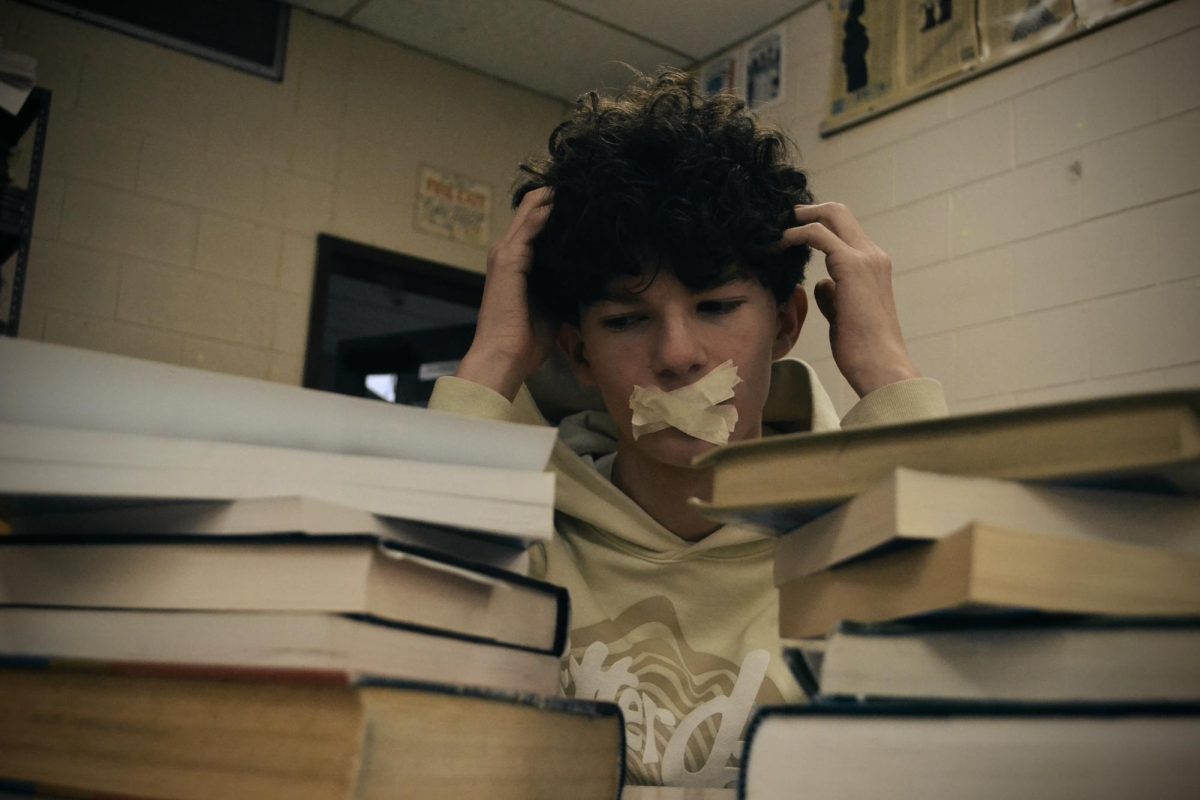Author Harry Petsanis once said, “The most powerful tool in the world is the mind. How you use that tool is entirely up to you.” Due to the desire to fit in and pressure from social media and peers, layers of personality and the mind are altered. Oftentimes, material items, appearances, and surface-level thoughts are glamorized, making it easy for one’s layers to vanish. Considering the above, discussion-based classrooms are the best educational tool for students to develop critical thinking skills, improve confidence, and enhance sociality.
Lecture-based classrooms do not allow room for creativity. The word “lecture” implies a one-sided conversation where student engagement and participation are limited. When students walk into a classroom where lectures are planned, it is harder to have organic and genuine conversations. In turn, students may be nervous to contribute to such a structured discussion as they feel there is a right or wrong answer.
“I see students explaining it to other classmates, sometimes in a better way than I would explain it…[they are] discovering and having more light bulb moments or aha moments because they are working it out on their own,” said Cherry Hill High School East mathematics teacher, Kathleen Petti.
When students are involved, forced to create innovative solutions, and think outside of the box, it means they are paying attention. Learning occurs when one takes action and exercises their brain, developing a stronger foundation of thinking skills. Students lose their depth when they are forced to only see from the perspective of their teacher, creating a class full of one-dimensional robots.
“In lecture-based classrooms, it’s harder for people to concentrate because there [aren’t] any interactive aspects,” said Abby Callahan (‘26).
Learners gain other life skills, such as confidence, through discussion-based classrooms. In a study done at Montana State University, 21 eighth-grade students were randomly selected to take a discussion-based science class. After five different discussions, their grades and feelings were surveyed. The percentage of students who preferred answering questions out loud rather than writing a response, which was initially 50%, increased by 13% by the end of the experiment. On the other side, high confidence levels from students decreased from 33% to 19% from the first discussion.
“I prefer discussion-based classrooms because I like working alongside students. Then, we get input that isn’t from the teacher and we can learn [with] one other,” said Keira Conway (‘26).
Centers for Disease Control and Prevention found that social interaction plays a key role in mental health, causing people to make healthier decisions. Along with this, a stable support system makes it easier to cope with depression and anxiety, develop empathy, and enhance negotiation skills.
Social skills and confidence are co-dependent, meaning that discussions help lessen the effects of modern media. Teenagers are comfortable with communicating and hiding behind a screen at the expense of the ability to effectively connect with others. Confidence does not mean one is fearless, but that they push through with their best effort anyway.
“I think a lot of people are afraid to speak up, not even just in front of a class, even in [small groups] because they don’t want other people to think ‘Oh you’re dumb, you got it wrong’ but I tell you as a teacher that there are things students bring up that I had never even thought of. Not that they’re wrong and not that they’re right, but I had never even thought of it that way and if I can get one of those comments, that makes it worth it,” said East English teacher, Lisa Hamill.
As it is impractical for classes such as math and science to function solely off discussions, the best solution is to implement interactive elements frequently. Whether it is a group analysis or comparing notes with a partner, students must produce as much information as they are taking in.
Discussions are the most beneficial learning technique in the long run. School does not have to mean silent and closed-minded classes. Classrooms should be full of connected students who listen and value one another’s perspectives. Discussion-based classrooms are flexible and open the eyes of others. Life is not always black and white and seeing the colorful range of outlooks adds to one’s layers. To have depth is to have an open mind.
Discussion-based classrooms spark and nurture growth for students
Discussion-based classrooms provide students a way to speak out and be flexible. unlike most lecture-based classrooms.
Story continues below advertisement
About the Contributor

Izzy Alvarez, Eastside Photo Director
Izzy Alvarez is a junior and the Photo Director for Eastside. When she is not busy taking photos or studying, she can be found on the soccer field, reading, creating Spotify playlists, watching Formula 1, or hanging out with friends and family. She also loves her cats and shopping for different skincare products.

